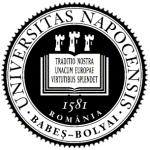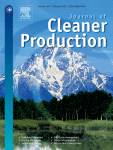Authors: Letitia Petrescu and Calin-Cristian Cormos
Affiliation: Babes-Bolyai University, Faculty of Chemistry and Chemical Engineering, Romania
Journal: Journal of Cleaner Production, Volume 104, 1 October 2015, Pages 220-235
Abstract
This paper investigates the technical and environmental aspects of Integrated Gasification Combined Cycle (IGCC) with/without Carbon Capture and Storage (CCS). The six cases evaluated use different carbon capture techniques (gas–liquid absorption using physical or chemical solvents, chemical looping using calcium and iron oxygen carriers). The technical evaluation is made according to key performance indicators such as: net power, energy efficiency, carbon capture rate, specific CO2 emissions. Investigated case studies produce 430–610 MW net power, the net energy efficiencies are higher than 34%, the carbon capture rate is higher than 90% and the CO2 specific emissions vary in the range of 3–88 kg/MWe. The results of the technical evaluation are further used in the Waste Reduction (WAR) Algorithm integrated with CAPE OPEN (CO) methodology for the environmental impact assessment of the processes. Four environmental impact indicators have been calculated and compared: Iout,,the total rate of impact output, varies in the range of 70.86–134.85 PEI/MWh, Iout_mp, the total impact output per mass of products, varies in the range of 79.73–113.8 PEI/( ); Igen, the total rate of impact generation, varies in the range of 65.69–134.62 PEI/MWh and Igen_mp, the total impact generated per mass of product, varies in the range of 73.9–113.8 PEI/( ). The results of environmental assessment show that chemical looping cycles are very promising with respect to gas–liquid absorption processes. A sensitivity analysis was performed in order to see the influence of carbon capture rate on the environmental impact indicators.

